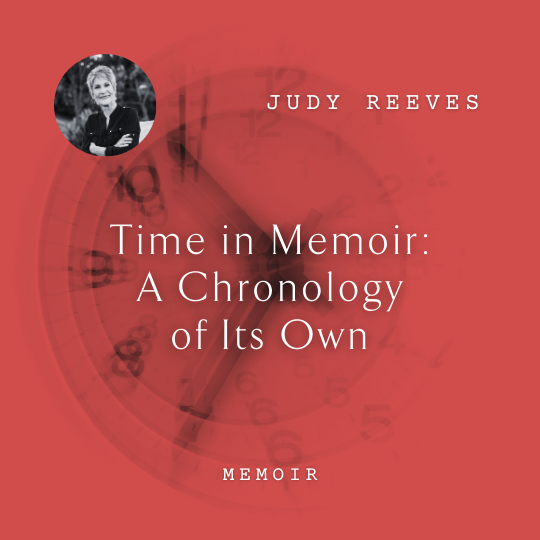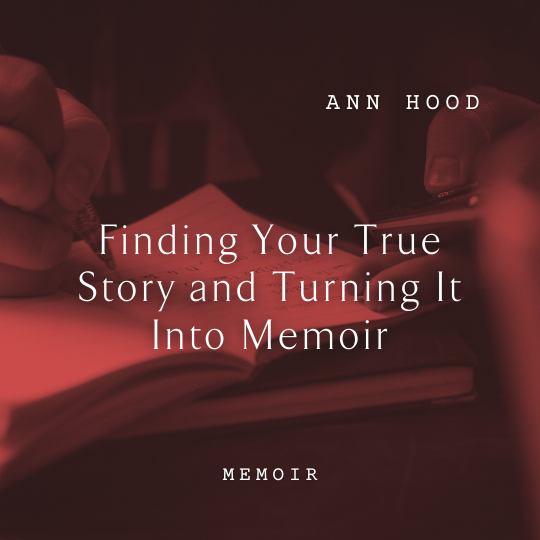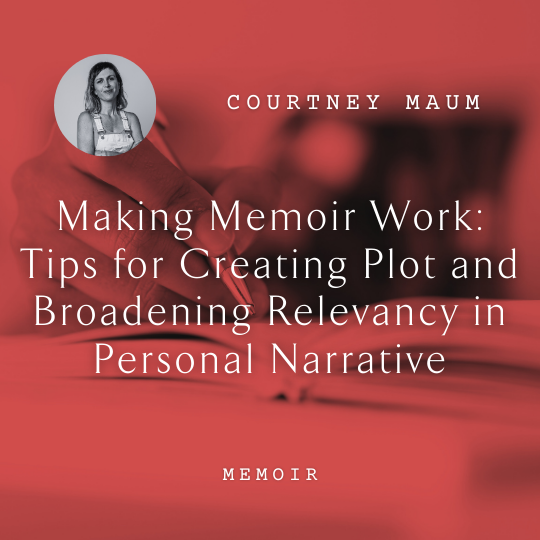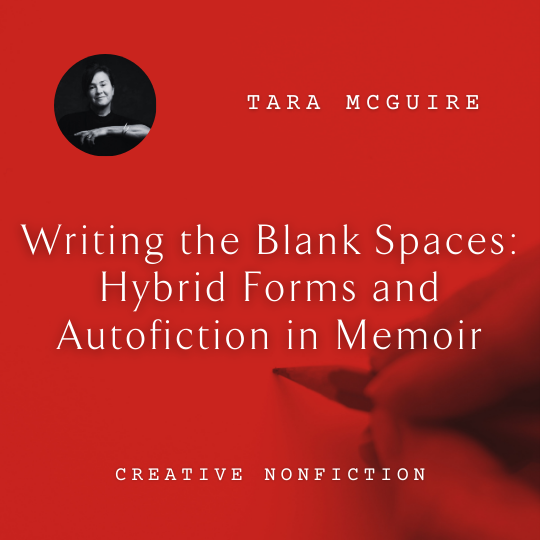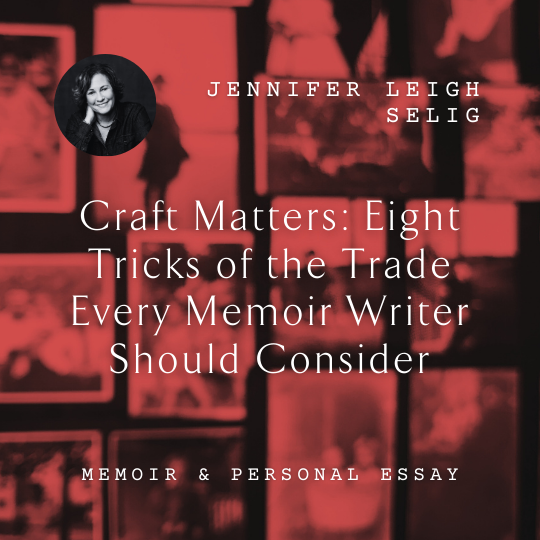Description
“Life is not what one lived, but what one remembers and how one remembers it in order to recount it.”
–Gabriel Garcia Marquez
Not every memoir is told in chronological order. In fact, most memoirs move both forward and backward in time, slip-sliding from past to present and back again. The most successful memoirs aren’t simply a recounting of events, but the memoirist’s discovery of the connections among events—not necessarily sequential—and the weaving of those events into a narrative. This reveals a meaning deeper than a mere chronology of one thing happening after another. Time is fluid in the memoir—flashback/flash forward, time leaps, I then/I now, child voice/adult voice, past tense/present tense, and reflection/projection.
One of the greatest challenges for the memoirist is moving around in time without confusing readers. We must let our readers know where they are in the timeline of our story. Otherwise they feel ungrounded—floating in some unknown, unspecified time, which is not only confusing, but disconcerting.
In this workshop, we’ll look at how writers control time to reveal patterns and meaning in telling their story and how they keep the reader engaged as the story moves through time.
